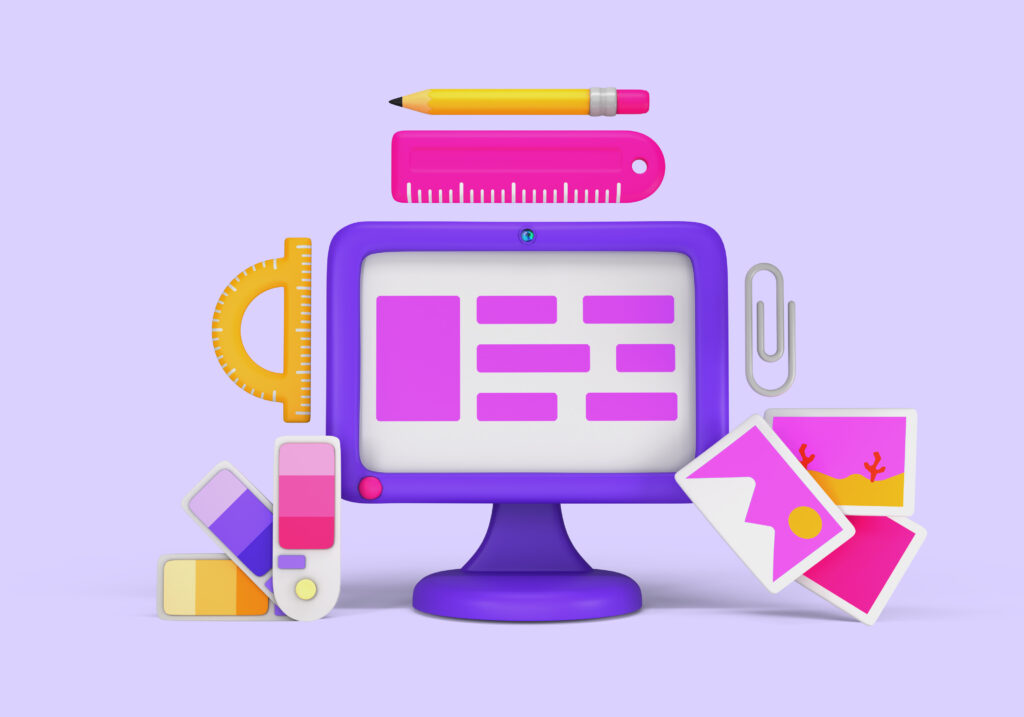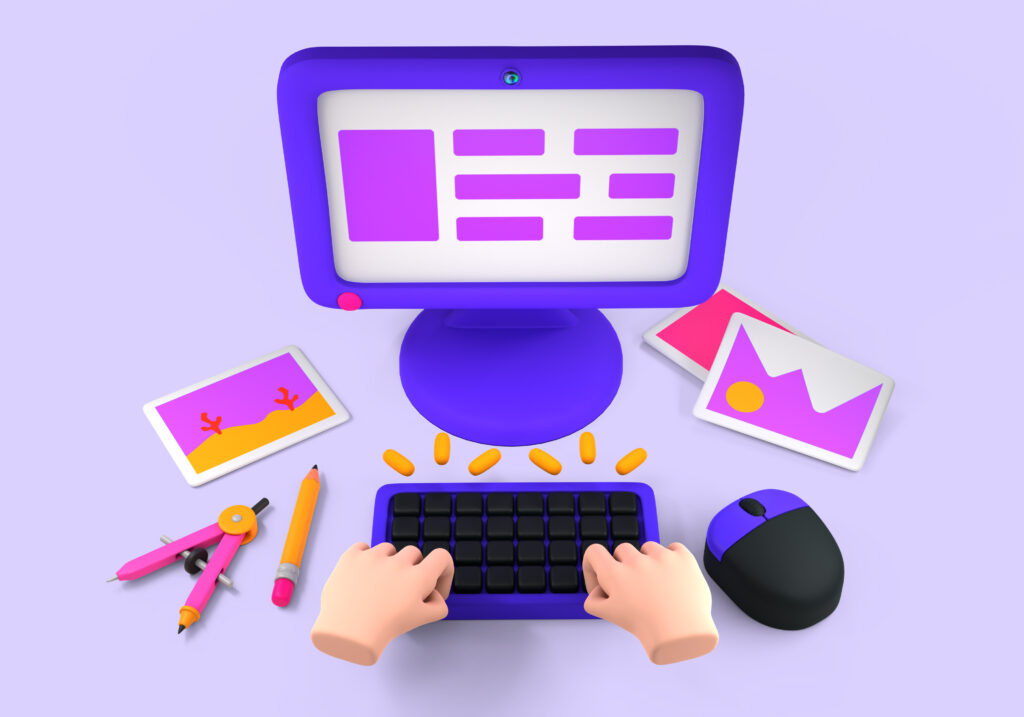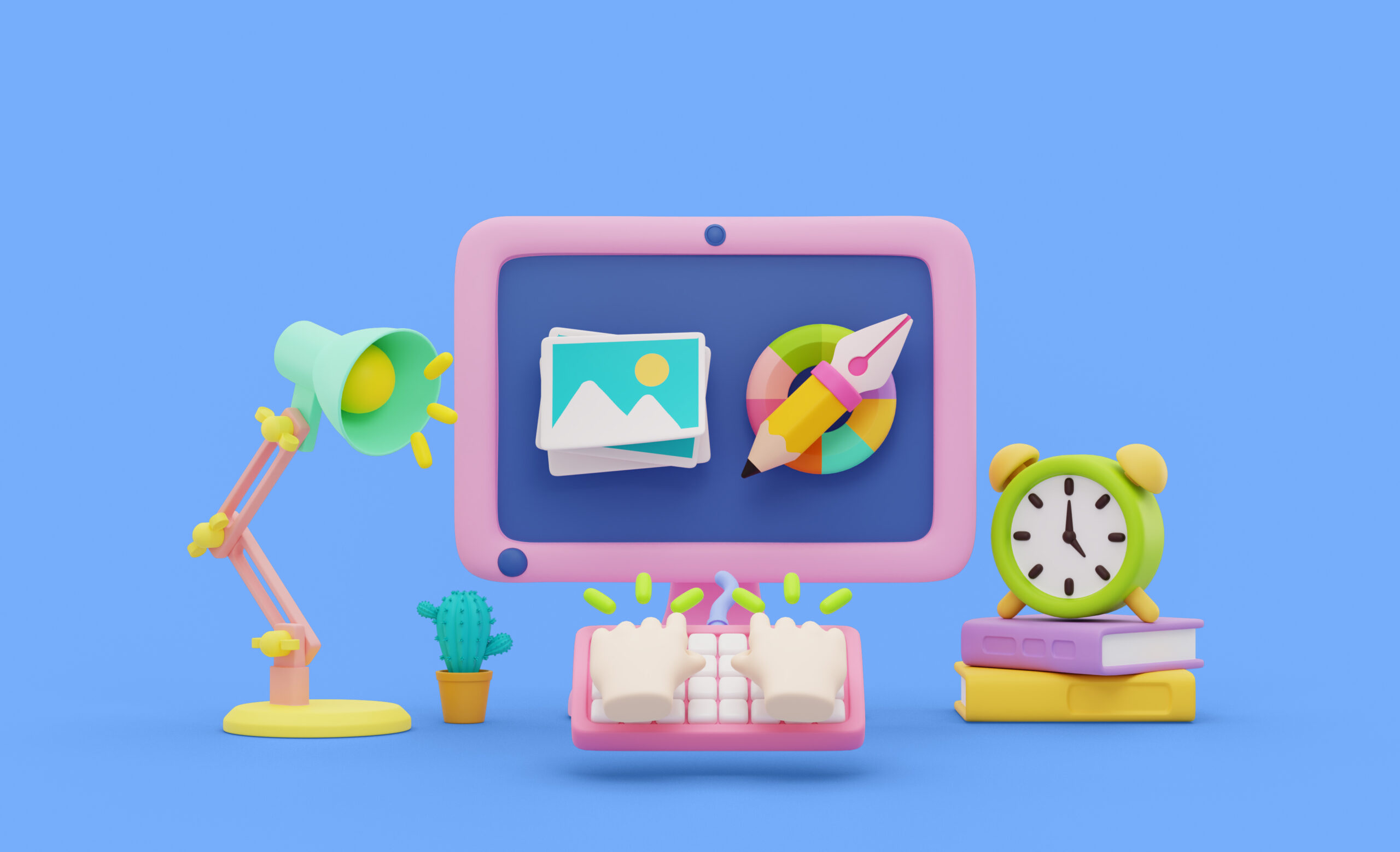3D character creators and 3D object generators are changing the gaming landscape and there are good reasons for it. These innovations empower developers by providing unprecedented flexibility and efficiency. 3D character creators allow for the detailed customization of in-game personas. Additionally, 3D object generators streamline the creation of environmental assets. These tools foster agile design, rapid prototyping, and resource optimization, accelerating the development of immersive 3D worlds.
This blog post explores the profound impact of these tools, showcasing their benefits and offering strategic insights to leverage their capabilities for enhancing gaming projects.
What are 3D Character Creators or 3D Object Generators?
Before we dive into the details, let’s clarify what 3D character creators and object generators entail. These online tools utilize advanced technologies, often powered by AI, to craft lifelike 3D characters and objects. They provide a streamlined and efficient way for developers to enhance their games with visually stunning assets.
Evolution of 3D Design Tools
The world of game development has witnessed a transformative shift with the advent of 3D character creators and object generators like 3Daily. Gone are the days of laborious manual design processes; instead, developers now harness the power of sophisticated algorithms and artificial intelligence to bring their virtual worlds to life.
These tools have evolved beyond simple model creation, incorporating intricate features that allow for realistic animations, facial expressions, and intricate detailing. The result is a dynamic and immersive gaming experience that captivates players and raises the bar for visual aesthetics in the industry.
Diverse Applications in Game Development
3D character creators and object generators find application across various genres and platforms within the gaming landscape. Whether you’re developing a fast-paced action game, an expansive open-world adventure, or a visually stunning simulation, these tools offer a versatile solution for crafting assets that seamlessly integrate into your vision.
Moreover, the applications extend beyond characters and objects, encompassing landscapes, environments, and architectural elements. The adaptability of these tools empowers developers to create expansive, coherent gaming environments with ease.
AI-Powered Customization
One of the standout features of these tools is the incorporation of artificial intelligence in the customization process. Developers can fine-tune every aspect of their 3D assets, from the physical appearance of characters to the intricacies of object textures. The AI algorithms intelligently adapt to user preferences, providing a level of personalization that was once a time-consuming and resource-intensive activity.
This not only enhances the creative freedom of developers but also contributes to the uniqueness of each game, ensuring that no two gaming experiences are exactly alike.
Collaboration and Accessibility
Another notable aspect of these tools is the facilitation of collaboration among developers. With cloud-based platforms and collaborative functionalities, teams can work seamlessly on the same project, irrespective of geographical locations. This fosters a more efficient workflow, allowing for real-time feedback and adjustments.
Furthermore, the accessibility of these online tools democratizes game development. They cater to both seasoned professionals and indie developers, breaking down barriers and enabling a more inclusive and diverse gaming industry.
Overall, 3D character creators and object generators represent a technological leap in game development, leveraging AI to simplify and enhance the creative process. As we explore the intricacies of these tools in the following sections, it becomes evident that they are not merely tools; they are tools for innovation, pushing the boundaries of what is possible in the dynamic world of game design.

Why Should You Use 3D Object Generators in Game Development?
There are enough reasons why you should use 3D object generators in game development. Here are few reasons:
1. Time Efficiency:
One of the primary advantages of employing 3D object generators is the time saved during the development process. Traditional asset creation can be time-consuming, but these generators automate the process, allowing developers to focus on other critical aspects of the game. This accelerated workflow fosters quicker iteration cycles, enabling developers to experiment with different design elements and quickly respond to feedback from playtesting, ultimately leading to a more refined and polished game.
Furthermore, the time saved can be redirected towards implementing advanced features and optimizing game performance. This ensures that the final product not only looks visually appealing but also functions seamlessly, enhancing the overall gaming experience for players.
2. Cost-effectiveness:
Hiring 3D artists can be expensive. By utilizing 3D object generators, you can significantly cut down on costs while still maintaining high-quality visuals. This is particularly beneficial for indie developers or smaller studios with budget constraints. Additionally, the cost-effectiveness extends beyond the initial development phase, as updates and modifications to the game’s assets can be executed without additional expenses, providing a cost-effective and sustainable solution for ongoing projects.
Moreover, the financial savings can be strategically allocated to other crucial aspects of game development, such as marketing efforts, user acquisition, or investing in innovative gameplay mechanics. This holistic approach to budget management empowers developers to create a well-rounded and successful gaming experience.
3. Diverse Asset Libraries:
Many 3D object generators come equipped with extensive libraries of pre-made assets. This diversity not only accelerates the development process but also provides a broad range of options to choose from, catering to different game genres and themes. Beyond the sheer quantity, the high-quality and versatility of these assets allow developers to experiment with various visual styles, ensuring that the game’s aesthetics align with its narrative and intended player experience.
Additionally, the diverse asset libraries foster creativity and innovation by encouraging developers to think outside the conventional boundaries of asset design. This infusion of varied elements contributes to the uniqueness of each game, preventing monotony and enhancing player engagement throughout different stages of the gaming journey.
4. Consistency in Design:
Ensuring a consistent design language across a game is crucial for a polished final product. 3D object generators help maintain uniformity in the visual elements, creating a cohesive and professional look throughout the game. This consistency extends beyond individual assets to include lighting, textures, and overall aesthetic coherence, enhancing the immersive quality of the gaming experience.
Furthermore, the ability to establish and maintain a consistent design language aids in brand identity, making the game easily recognizable to players. This visual continuity not only contributes to a more enjoyable gaming experience but also facilitates effective marketing and brand building, especially in a competitive gaming industry.
How to Use 3D Object Generators for Game Development?
Here are a few tips on how to use 3D object generators for game development:
1. Choosing the Right Generator:
Start by selecting a 3D object generator that aligns with your game’s requirements. Consider factors such as the available asset types, customization options, and compatibility with your game engine. Additionally, assess the generator’s ease of integration into your development workflow and its support for industry-standard file formats to ensure seamless collaboration with other team members and external assets. It’s crucial to explore the generator’s performance capabilities, such as rendering speed and resource efficiency, to guarantee optimal performance within the constraints of your target platform or hardware specifications.
2. Customizing Assets:
Even though generators provide pre-made assets, customization is key to making your game unique. Explore the tools offered by the generator to tweak colors, textures, and shapes to suit your specific vision. Dive into advanced customization features, such as the ability to modify lighting effects, material properties, and animation parameters, allowing you to add a distinctive touch and enhance the overall visual appeal of your game. Moreover, ensure that the generator supports export options for the customized assets in formats compatible with your game engine, facilitating a smooth integration process and reducing the need for additional manual adjustments.
3. Integration with Game Engines:
Seamless integration with popular game engines is a crucial aspect. Ensure that the chosen 3D object generator supports easy export/import functionalities for your preferred game development environment. Additionally, verify that the generator’s output formats align with the import capabilities of your chosen game engine, minimizing the risk of compatibility issues and streamlining the asset importation process. Explore any available plugins or dedicated integration tools that the 3D object generator may offer for your specific game engine, as these can further enhance workflow efficiency and provide additional features tailored to your development environment.
4. Optimizing for Performance:
Pay attention to the performance impact of the generated assets. Optimize them to strike a balance between visual fidelity and maintaining a smooth gaming experience across various platforms. Conduct thorough testing of the generated assets within the game environment, focusing on factors such as polygon count, texture resolution, and level of detail, to ensure optimal performance on a diverse range of hardware configurations. Consider implementing techniques like mesh simplification, texture compression, and efficient rendering practices to minimize resource consumption, allowing your game to run smoothly while delivering a visually compelling experience for players.
Future Trends
AI-driven customization is set to enhance player experiences by dynamically adapting in-game characters based on player preferences. The integration of virtual reality (VR) with 3D creation tools will offer an immersive environment for sculpting characters and exploring game worlds.
Collaborative features in 3D design tools are advancing, allowing developers worldwide to contribute in real-time, streamlining development processes. Procedural generation techniques will automate the creation of diverse game environments, reducing developer workload while enriching in-game content.
Sustainability is emerging as a key consideration, with the development of eco-friendly 3D creation tools focusing on resource optimization and eco-conscious practices. By embracing these trends, developers can position themselves at the forefront of innovation, creating immersive, collaborative, and sustainable gaming experiences for the future.

Conclusion
3D character creators and object generators have revolutionized game development by providing unparalleled flexibility and efficiency. These tools, powered by AI and sophisticated algorithms, have transformed the industry, offering benefits such as time efficiency, cost-effectiveness, and diverse asset libraries. Using 3D object generators like 3Daily in game development offers advantages such as time savings, cost-effectiveness, and consistency in design. Looking ahead, trends like AI-driven customization, VR integration, collaborative features, procedural generation, and sustainability are poised to shape the industry, allowing developers to create innovative, collaborative, and sustainable gaming experiences for the future. In essence, these tools represent a transformative force, pushing the boundaries of what is possible in the dynamic world of game design.



